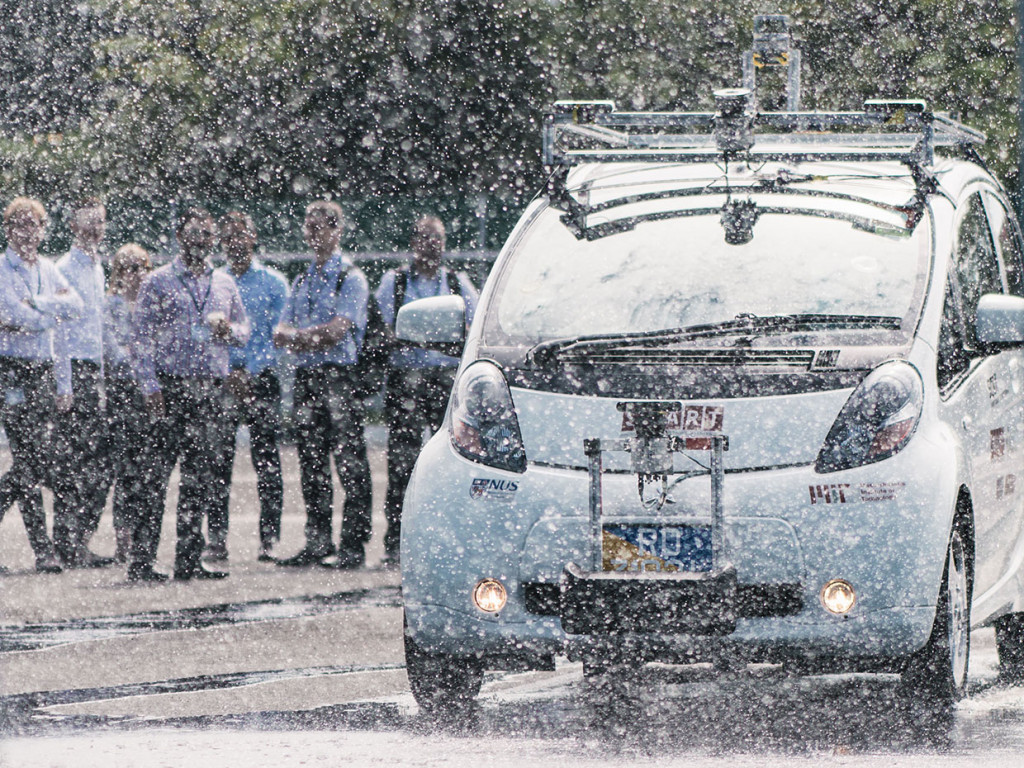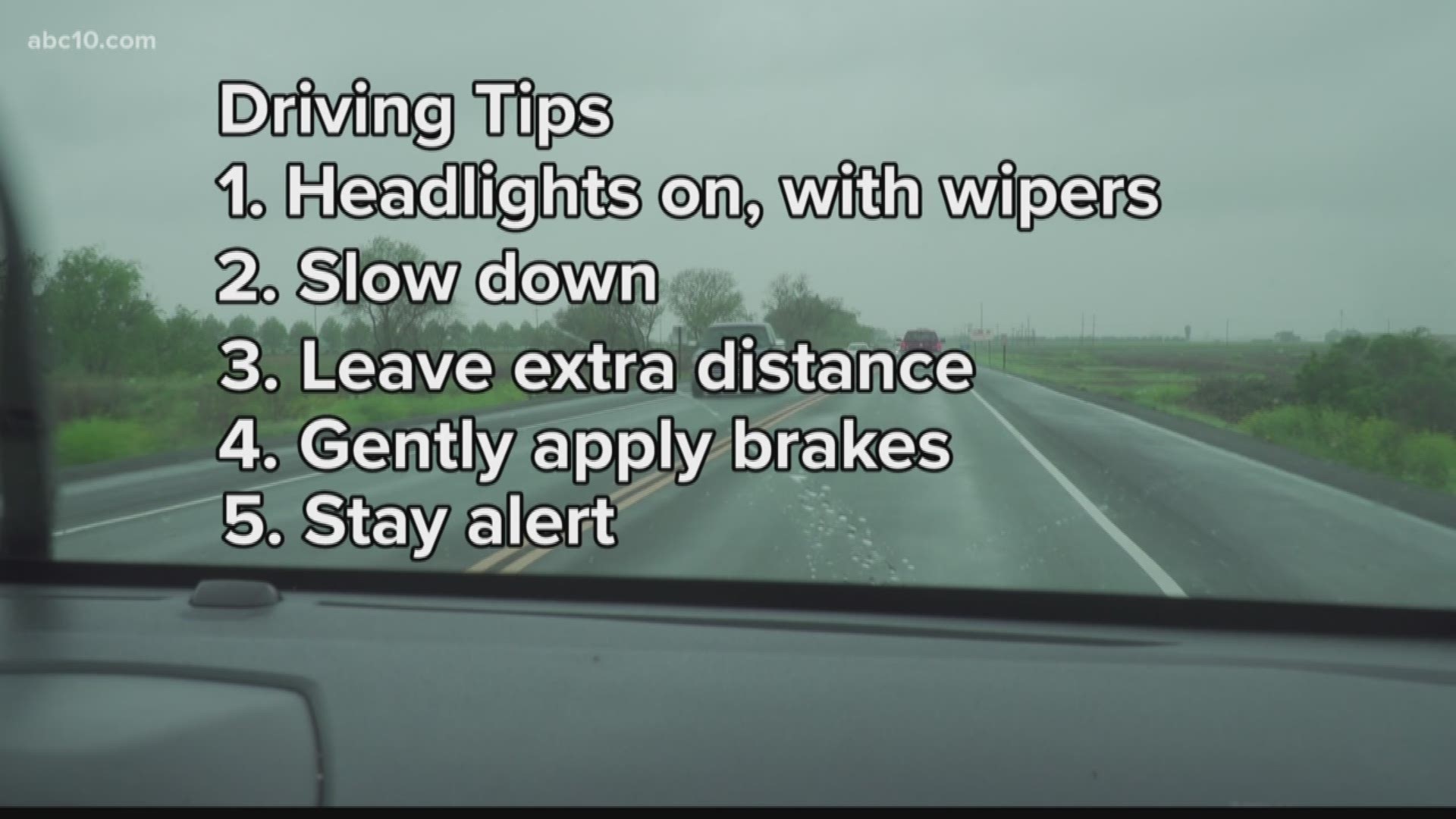

- #When driving in heavy rain drivers should use how to
- #When driving in heavy rain drivers should use driver
Wear your seat belt and stay in your lane. Don’t panic! Gradually slow down and keep your lights on (NOT the hazards!). If you’re not used to driving in the rain, it’s normal to feel a pang of anxiety, especially if you get caught in a sudden heavy downpour. Turn around, get out of there and consult your weather tech to find a safer (drier) route. Take South Florida’s recent Tropical Storm Alex for example, the excessive rain caused flooding so bad cars could not move. Rain may not be avoidable so you need to be aware of any obstacles you may run into. To help others see you during heavy rain, use your low beam headlights. This is important information to take into account when driving in Florida.
#When driving in heavy rain drivers should use driver
First of all, you don’t know how deep it is, and taking a chance can lead to devastating consequences, such a trailer getting washed away if you’re dealing with flood waters. If an oncoming driver fails to use the low beam headlights after you switch to. Slow down Most people drive too fast on wet roads, says Van Tassel. If you’re not using cruise control, you might be paying much more attention to driving, which is always a good thing in bad weather conditions, he says. Don’t drive through standing waterĭuring a storm, you may come to a road that is underwater. Avoiding cruise control when driving in the rain leaves you with more options in a loss-of-traction situation. Experts recommend at least 7 seconds of following distance for safety. Increase the distance between you and the drivers that are in front and behind. Only travel in heavy rain when necessary, and always leave extra time to safely reach your destination When getting into the car during rainy conditions, wet. If you get stuck in a downpour, slow down by at least 5 mph and if you must increase speed, do so gradually. Check the emergency kit to ensure that none of the gear is missing, and pack emergency food and water. Focus on your wipers, tires, brakes and lights and stock up on rain gear, such as raincoats, boots, hats and waterproof bags. Prep your truckīefore your next trucking job, do a thorough maintenance check to ensure your rig is mechanically sound to handle any weather surprises. If your vehicle doesnt have ABS, pump the brakes lightly.

Some GPS systems also send weather alerts, offering alternate routes so drivers can avoid storms altogether. However, if you must brake to avoid an accident, brake normally. Weather apps allow drivers to quickly check routes before embarking, so they can plan accordingly. Thanks to technology, it’s easier than ever for truck drivers to be prepared for what Mother Nature has in store. Here are 5 tips to help you be prepared for driving in the rain! Know your weather
#When driving in heavy rain drivers should use how to
Driving through certain states, like Florida, can present truckers with unpredictable weather challenges, especially during hurricane season.įrom slippery roads to blustery winds and weak visibility during a torrential downpour, it’s imperative for truck drivers to know how to proceed with caution and confidence to ensure safety for everyone on the road.


 0 kommentar(er)
0 kommentar(er)
